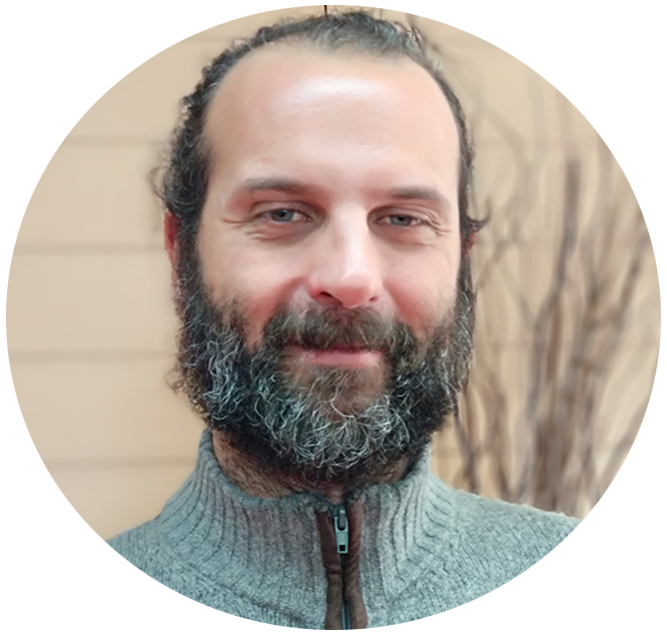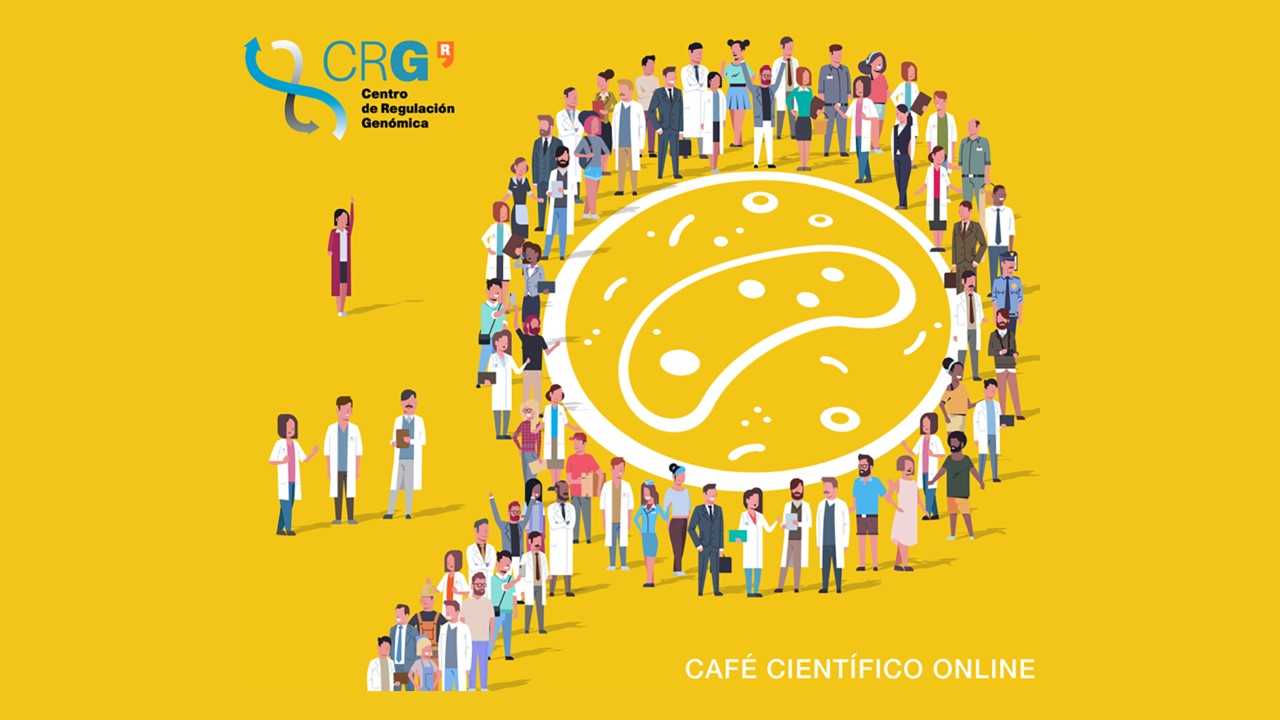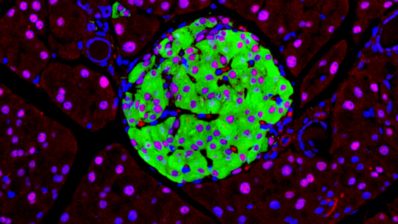“What can science do for me? We have all asked ourselves this question many times, and surely more in recent months due to the COVID-19 pandemic. But perhaps, adapting John Fitzgerald Kennedy’s famous question, we should ask ourselves: What can I do for science?”
This is how the first 100% online Centre for Genomic Regulation (CRG) Scientific Coffee started. Entitled “Union is strength: citizens and the scientific community together in the study of the oral microbiota”, it reached almost 700 followers through Facebook, Twitter/Periscope and YouTube.
Elisabetta Broglio, the citizen science coordinator at the CRG; Toni Gabaldón, former CRG researcher and current head of the Comparative Genomics group at the BSC and IRB Barcelona; and Fernando Moreno, president of the Madrid Cystic Fibrosis Association (AMfQ), moderated by Carlos Sierra, talked for an hour and a half about the synergies obtained when science and society go together. In this case, when the microscopic inhabitants that live in our mouth were studied, within the citizen science project “Saca La Lengua“.
One thing the Scientific Coffee taught us is that we are as ‘microbial’ as we are human. “In our body there are as many human cells as there are microbial ones. Or put it another way, from 2 to 3 kilograms of our weight is due to microorganisms”, explained Toni Gabaldón.
“We are as microbial as we are human; 2-3kg of our weight is due to microorganisms”
Toni Gabaldón
And an important part of these microorganisms are found in the mouth, among them Pseudomonas aeruginosa. “Saca La Lengua” discovered, thanks to the participation of, among others, the AMfQ, that we can find a larger amount of these microorganisms in people with cystic fibrosis. But the reason why this association decided to join the initiative was not so much the possibility of acquiring knowledge was not, but a much more altruistic one. In Fernando’s words: “people with serious illnesses, like us, are alive thanks to science. Therefore, it would have been a disloyalty not to accept Toni’s request”.
But Toni also acquired knowledge thanks to the citizens that joined in the project. Some of their results came from ideas proposed by the participants themselves. As Elisabetta concluded, “citizen science in “Saca la lengua” went far beyond the transfer of samples of citizenship to the scientific community, it became an exchange of knowledge, knowledge in exchange for knowledge”.
“The aim of the CRG Scientific Coffee is to create a peer-to-peer dialogue among experts and citizens”
As with citizen science, interaction with the public is one of the hallmarks of the CRG Scientific Coffee, since its fundamental objective is to create a peer-to-peer dialogue among experts and citizens. This time – due to the unique situation that the coronavirus pandemic has created – this was more difficult to achieve. But thanks to the coordination of Marta Solís, it was possible to answer several of the more than twenty questions received through social networks. All answers are still available on Facebook, Twitter/Periscope and YouTube, where more than 2,100 people have already seen them.
And remember, you are never alone!
You can revisit the whole science café (in Spanish) here:







